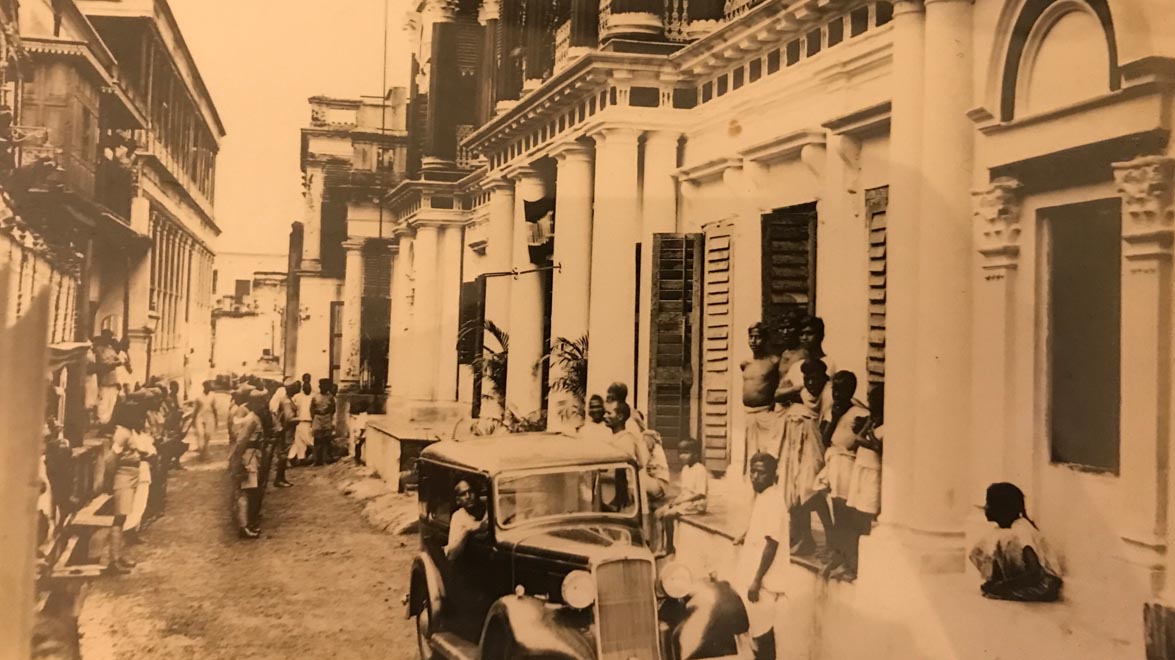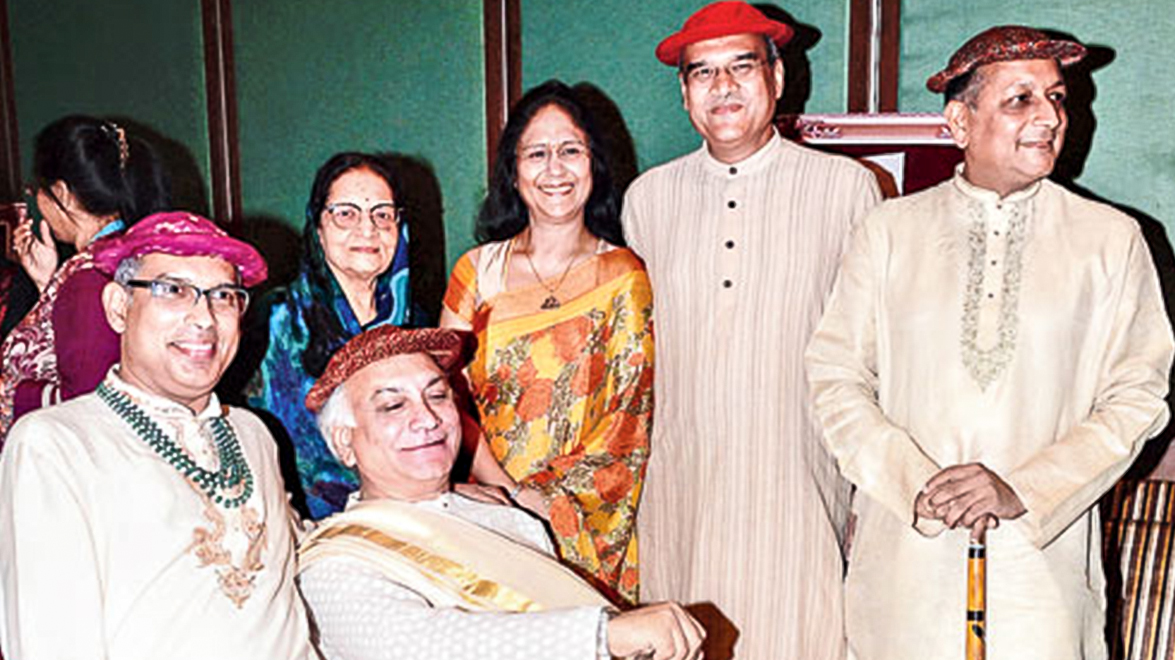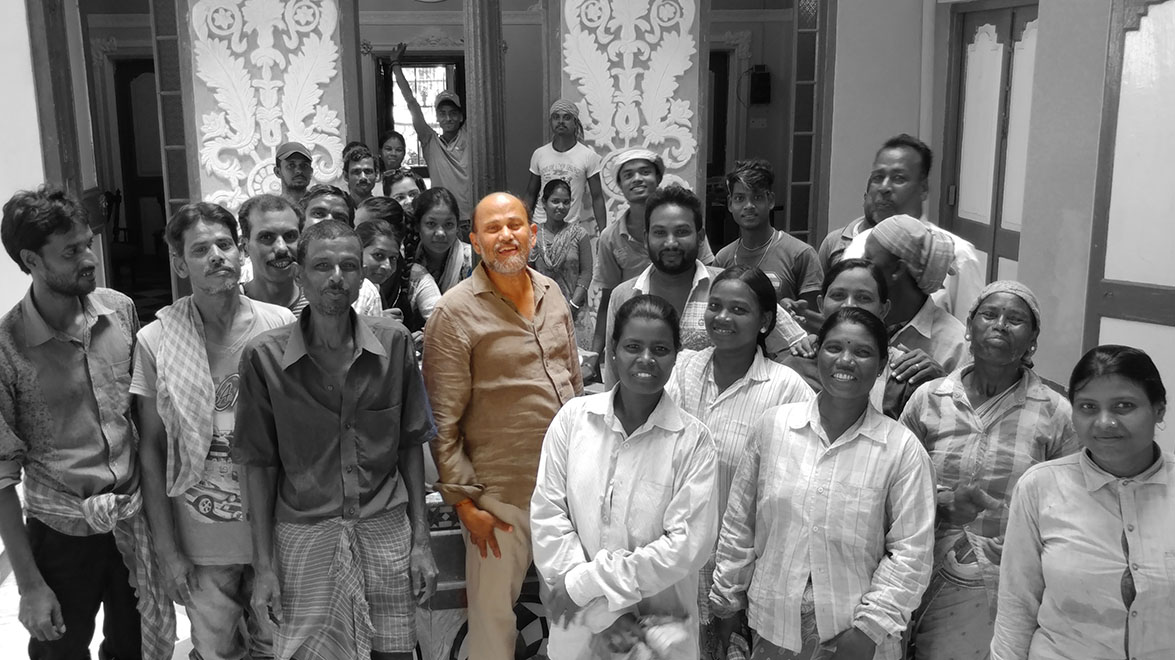Reservations
+91 9051200800The Unknown Wealth Capital of the World
Murshidabad
MURSHIDABAD, the last capital city of independent Bengal is situated on the banks of the Bhagirathi and is known for its rich culture and heritage. The region has witnessed some of the most significant events of Indian history including the erstwhile Nawabs of Bengal to the Battle of Plassey. The wealth, opportunities and significance of the region in the 1700s attracted the wealthiest merchants from across India to migrate to Murshidabad. This led to Murshidabad witnessing a confluence of cultures and giving birth to its very own, unique culture of mélange. Having contributed over 5% of the GDP of the World in the late 1700s and early 1800s, it is lost in time, today.




